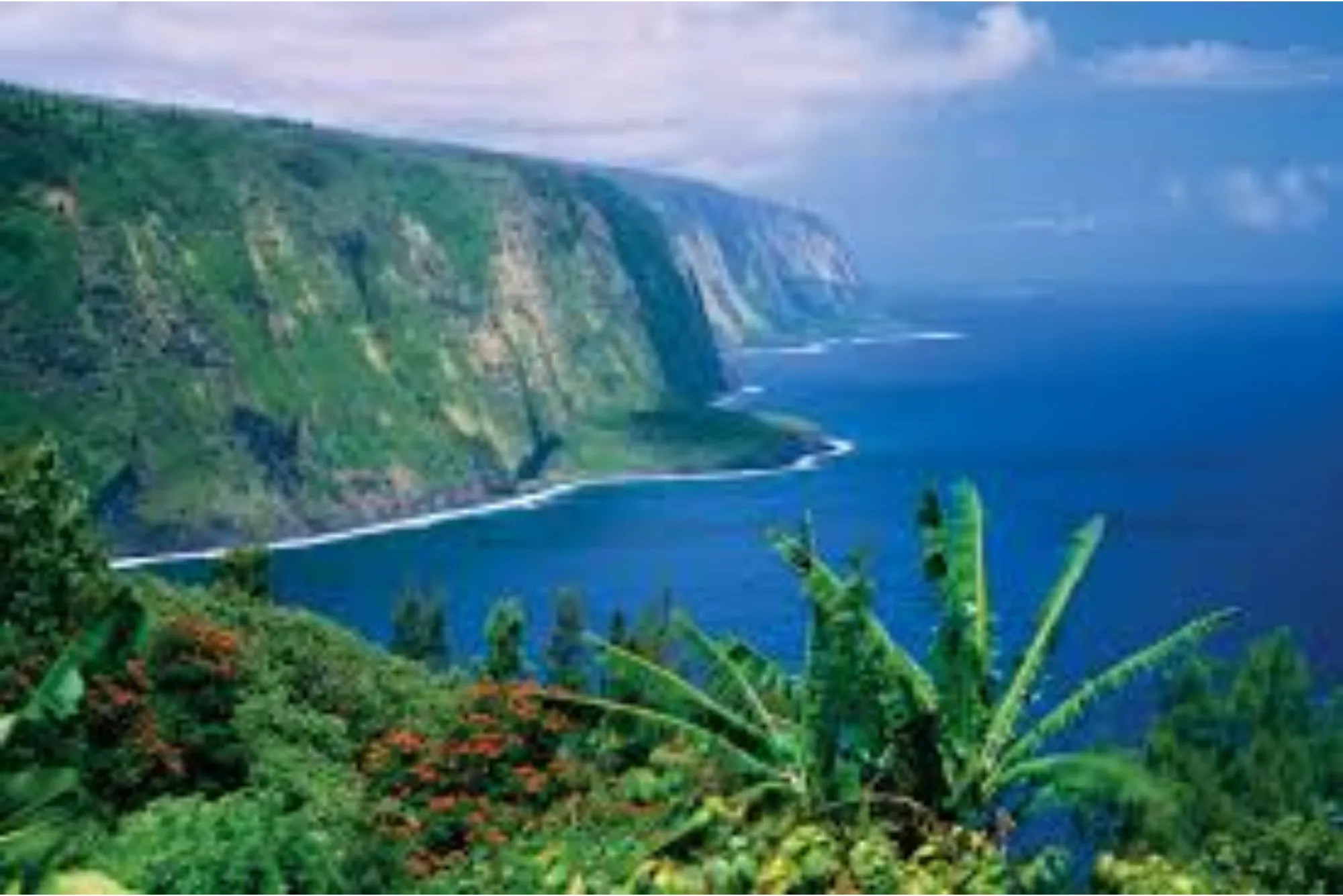Nestled in the heart of the Pacific Ocean, Hawaii’s idyllic landscapes, warm hospitality, and unique culture have made it a world-renowned tourist destination. The Hawaiian archipelago, consisting of eight main islands, is famous for its pristine beaches, lush rainforests, and volcanic wonders. However, beyond its natural beauty, Hawaii’s tourism industry is a vital component of its economy. In this article, we’ll explore the ins and outs of Hawaii’s tourism revenue, from its historical evolution to the significant role played by ‘Namaste Travel Abu Dhabi’ in this paradise.
The Evolution of Hawaii’s Tourism
Hawaii’s journey as a tourist destination has evolved over the years. It started as an exclusive haven for wealthy travelers in the early 20th century. The opening of luxury resorts and the introduction of cruise ships sparked interest in the islands. However, it was the introduction of affordable air travel in the mid-20th century that truly transformed Hawaii into a more accessible destination for the masses. observetech.uk
In recent decades, the islands have welcomed diverse visitors, ranging from honeymooners to adventure seekers and families. The evolution of tourism has brought about significant economic changes, making Hawaii heavily dependent on this industry.
Economic Impact
Hawaii’s economy relies heavily on its tourism industry. The revenue generated from tourism significantly contributes to the state’s Gross Domestic Product (GDP). The industry has also become a major employer, providing jobs to a substantial portion of the local population.
Tourists’ expenditures on accommodations, dining, and various recreational activities form the backbone of this revenue. The allure of Hawaii lies not only in its natural beauty but also in the experiences it offers, from surfing on the North Shore of Oahu to exploring the unique culture and history of the islands. explorebiz.uk
Key Revenue Sources
Hawaii’s tourism revenue is a complex tapestry woven from various sources. Accommodation, which includes hotels, resorts, and vacation rentals, is a primary source of income. Visitors flock to Hawaii’s world-class resorts, many of which are located on the islands of Maui and Oahu.
Dining is another crucial contributor to Hawaii’s tourism revenue. The islands offer a diverse culinary landscape, featuring a blend of local flavors, international cuisines, and gourmet dining experiences. Tourists savor the fusion of cultures in every bite.
Recreational activities, such as snorkeling, hiking, and luaus, also significantly contribute to the tourism revenue. Hawaii’s unique geography and rich culture make it a hub for adventure and exploration.
It’s worth noting that ‘Namaste Travel Abu Dhabi’ has played an essential role in promoting Hawaii as a destination for travelers from Abu Dhabi and the Middle East. Their services connect travelers to this tropical paradise, enhancing the overall revenue from the region.
Challenges Faced
While Hawaii’s tourism industry is thriving, it faces its share of challenges. The islands are susceptible to natural disasters, including hurricanes, volcanic eruptions, and tsunamis. These events can disrupt tourism and create uncertainties in revenue streams.
Economic fluctuations also impact the industry. Changes in exchange rates and economic conditions can influence the affordability of Hawaiian vacations for international travelers. The COVID-19 pandemic, for instance, brought travel to a standstill and had a severe impact on Hawaii’s tourism.
Environmental concerns, including issues related to sustainability and conservation, are also challenging the industry. The delicate ecosystems of the islands require responsible tourism practices to ensure their preservation for future generations. uptodown.uk
Strategies for Growth
To maintain a thriving tourism industry, Hawaii has implemented several strategies. Marketing and promotional efforts aim to attract a diverse range of travelers. The state continuously invests in infrastructure development, ensuring a smooth experience for visitors.
Diversification is another strategy, with an emphasis on expanding the types of tourism, including eco-tourism and cultural experiences. These initiatives not only enhance the visitor experience but also contribute to the long-term sustainability of Hawaii’s tourism revenue.
‘Namaste Travel Abu Dhabi’ in Hawaii
‘Namaste Travel Abu Dhabi‘ has become a significant player in Hawaii’s tourism landscape. Their services have created a bridge between Abu Dhabi and the Hawaiian islands. Abu Dhabi residents and Middle Eastern travelers have found easier access to the tropical paradise of Hawaii, contributing to the overall revenue from the region.
Their efforts include tailored vacation packages, exclusive experiences, and efficient travel solutions that cater to the preferences of Middle Eastern travelers. ‘Namaste Travel Abu Dhabi’ has played a pivotal role in promoting Hawaii as a destination of choice for travelers from the Middle East.
Measuring Success
Measuring success in the tourism industry involves assessing various indicators. Visitor numbers, length of stay, and spending patterns provide insights into the industry’s vitality. The industry continually tracks these metrics to gauge its success.
A thriving tourism industry not only benefits the economy but also supports the livelihood of many Hawaiians. The success of ‘Namaste Travel Abu Dhabi’ in connecting Middle Eastern travelers to Hawaii demonstrates the industry’s growth potential.
Sustainability Efforts
Sustainability is a growing concern for Hawaii. The islands are committed to responsible tourism practices that preserve their natural beauty and cultural heritage. Initiatives include sustainable agriculture, conservation efforts, and minimizing the environmental impact of tourism.
By prioritizing sustainability, Hawaii ensures that its tourism industry remains vibrant while safeguarding the islands’ unique ecosystems.
Hawaii’s tourism industry is not just about attracting visitors; it’s about ensuring the sustainability and growth of the islands. ‘Namaste Travel Abu Dhabi’ and various stakeholders play a crucial role in Hawaii’s ongoing success in the world of tourism. As the islands adapt to changing times and challenges, their commitment to responsible and sustainable tourism promises a bright future for both Hawaii and its visitors.



